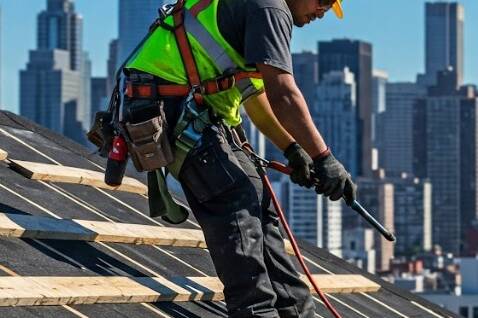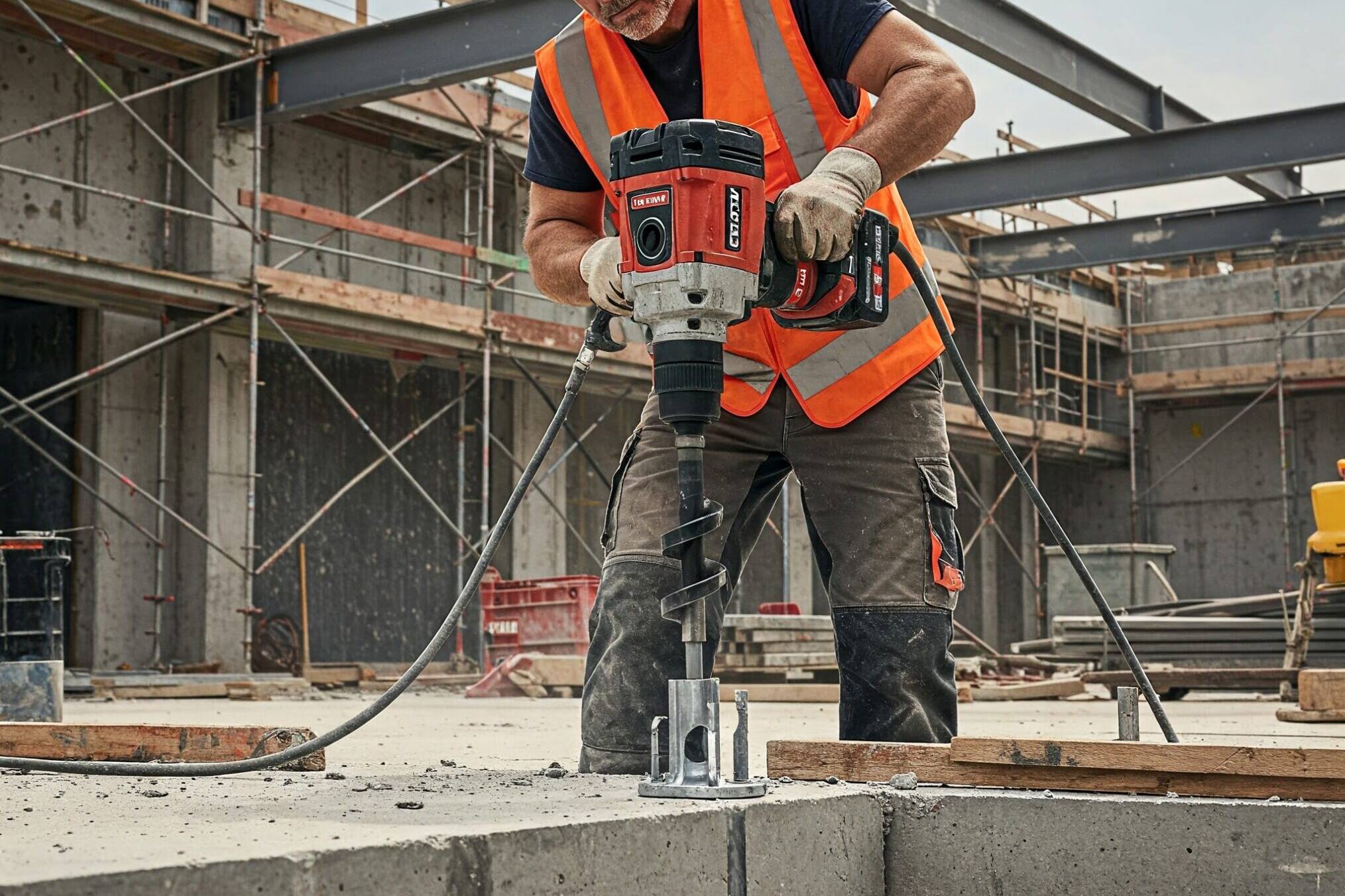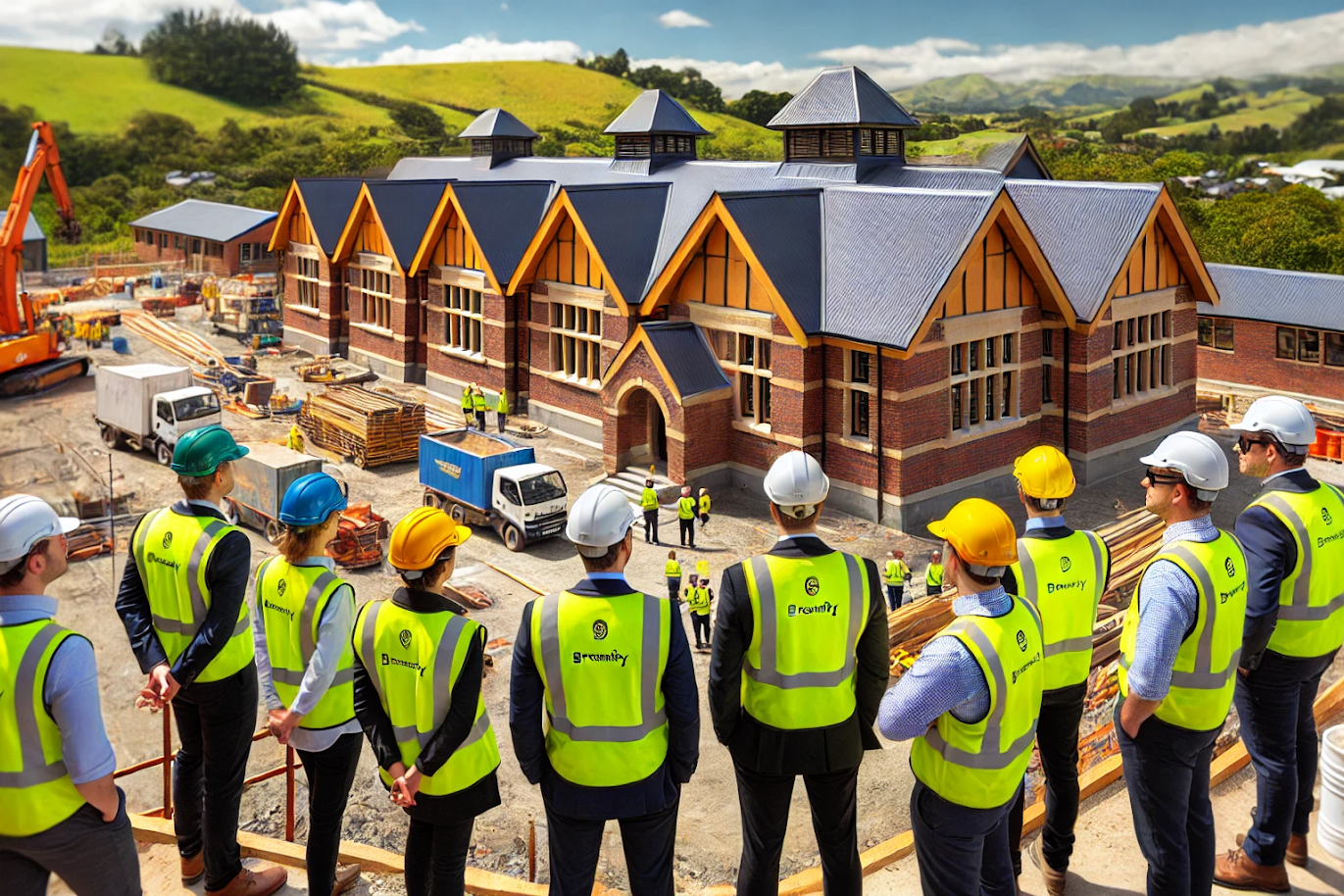Let’s start at the beginning. Any construction needs to meet the NZ building code. Construction over a certain size needs to go through a regulatory process to ensure that buildings meet this standard. From the plans to the construction, there are different touch points along the way to check the final construction will make the grade. Engineers have a specific role within this process. Choosing and using the right materials in an engineering approved design is an important part of ensuring the building will be fit for purpose. We want to know that a building will be structurally sound in an earthquake and the windows of a high rise will withstand strong winds for example. This expertise is provided by Chartered Professional Engineers (CPEng). Engineers use a standardised document called a Producer Statement (PS) to show that a proposed building element complies with the NZ building code. Producer Statements can help support building consent applications and can be required at different stages of the consent. They are not a product warranty or guarantee of compliance – but they set the standards for the construction teams to follow. There are four levels of Producer Statement. PS1 and PS2’s occur in the design stage, while PS3s and PS4s occur in the construction and monitoring stages. In the real world, changes to designs happen frequently. The specified product may not be available, services could be added, or other design changes could have a knock on effect. If the design change happens before consent, a PS1 revision (by the engineer) is generally issued. Following consent, a consultants advice notice (CAN) is used. A CAN is used to provide information for small design changes or clarifications throughout the construction process. Once construction is underway, Construction Monitoring kicks in. Construction Monitoring is the on-the-ground checking of the construction process as it takes place. It is done by a specialist (usually an engineer) and adds value where specialist knowledge is required. The purpose is to ensure that an engineering design is understood correctly and built accordingly. This includes using the right materials, with appropriate levels of workmanship. The engineer helps interpret and communicate the design to those carrying out the work through Requests for Further Information (RFIs). CM3 will generally provide the level of information required for Council to sign the building off for code compliance. However, to have the confidence that as-built construction meets all its contractual requirements may require more in depth Construction Monitoring. Contact us to find out how the Brevity team uses our extensive seismic expertise to deliver value engineering solutions with our trademark efficiency. We’d love to discuss your next project, and how we can support you.PS1, CM4, RFIs and CANs… the terminology used by engineers for consents can seem like its own language. What exactly is a PS? What does CM involve, and what do I need to do with a RFI or CAN? How do they fit into the building code and what part do they play in obtaining building consent?
PRODUCER STATEMENTS
CHANGES TO DESIGN
CONSTRUCTION MONITORING
THERE ARE 5 LEVELS OF CONSTRUCTION MONITORING
THE LEVEL OF CONSTRUCTION MONITORING REQUIRED DEPENDS ON A NUMBER OF FACTORS
Fall Arrest Systems: How Fall Protection Compliance Differs Between Australia and New Zealand
While both Australia and New Zealand adhere to similar fall protection standards, their approaches to enforcement and…
Rethinking Seismic Anchors: A Smarter Approach for Interiors Engineering
Explore how Brevity is leading a smarter approach to seismic anchors in interiors engineering—balancing compliance,…
Navigating Interiors Engineering Challenges in New Zealand’s Education Sector: Key Considerations for Architects
Designing interiors for educational facilities in New Zealand requires a precise balance between safety, functionality,…


